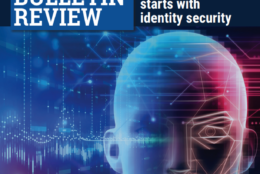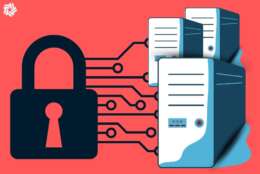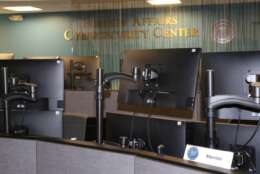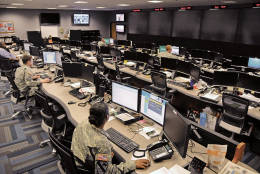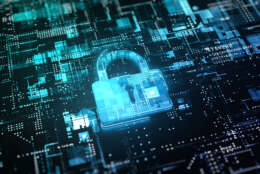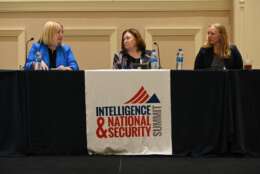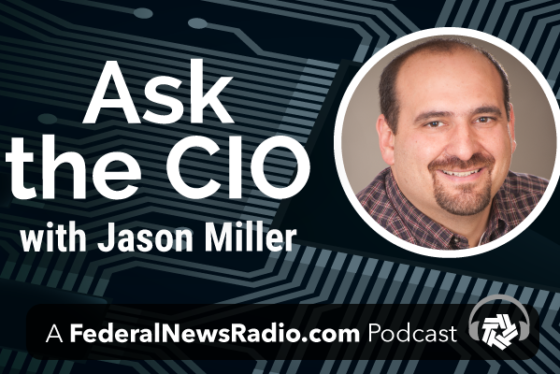Cybersecurity
-
With an AI-based, GPU-driven solution, organizations and governments will be able to collaborate while being armed with a proactive approach to defend from future attacks and protect America’s most sensitive data.
October 27, 2022 -
The goals are voluntary, but the Biden administration is separately pressing certain critical infrastructure sectors to adopt minimum cyber standards.
October 27, 2022 -
In this exclusive ebook, we take a deep dive into efforts at the Army Software Factory, CISA and DISA to share strategies and insights — particularly at a time that agencies simultaneously want to deliver more data and services to users at the edge.
October 26, 2022 -
Last month, the European Commission drafted a law called the Cyber Resilience Act. It's an extensive framework aimed at improving cybersecurity in the EU.
October 25, 2022 -
The minimum security configurations should help agencies better secure widely used business applications.
October 24, 2022 -
One way federal agencies can keep their systems current is to use digital twins for security modeling. Let’s look at this practice and why it’s gaining popularity as the preferred way to patch mission-critical systems and maintain software integrity.
October 24, 2022 -
The federal chief information security officer says the zero trust strategy is helping cyber leaders make the case for specific investments in the 2024 budget.
October 19, 2022 -
The National Cybersecurity Center of Excellence, part of the National Institute of Standards and Technology is planning a healthcare project to establish best practices for security and privacy in telehealth situations.
October 17, 2022 -
Gharun Lacy, the deputy assistant secretary and assistant director for cyber and technology security at the Foreign Affairs Cybersecurity Center at the State Department, said reducing the time between alert and response is their main focus.
October 17, 2022 -
The Army has a new cybersecurity strategy for operational technology, as service officials are concerned about cyber attacks on critical infrastructure.
October 14, 2022 -
The White House and agencies are moving out with new cyber requirements for water, healthcare, and emergency communications.
October 14, 2022 -
As federal agencies and contractors come to grips with the burden of protecting their software supply chain, understanding who had a hand in the development of their software products has taken on increasing importance. It comes down to pedigree. Where did your software come from? Was it domestic or international? Who had a hand in developing it?
October 13, 2022 -
In this exclusive webinar edition of Ask the CIO, Dan Elmore, the executive director of the Idaho National Lab Wireless Security Institute in the Energy Department, said agencies need to better understand the potential impact of 5G on their mission areas.
October 10, 2022 -
In a cybersecurity context, “island-hopping” describes an advanced – and increasingly common – form of cyberattack.
October 10, 2022 -
The DoD’s CIO and its Office of Undersecretary of Defense for Acquisition and Sustainment will remove weapons systems from the network if they are not cyber secure.
October 10, 2022



